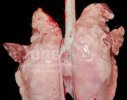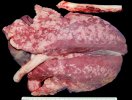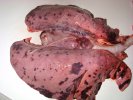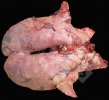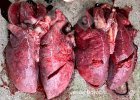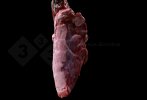
A 3-D approach to better understanding of swine flu: The clinical picture (2/3)
The clinical picture associated with swine influenza is often complicated by temperature fluctuations, other viruses, or bacteria. In part two of this series, we look at the clinical signs of this disease.

